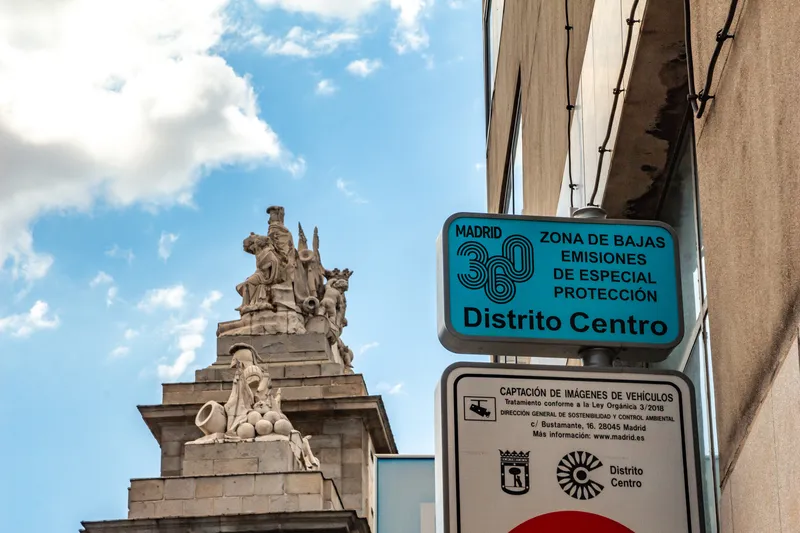Global Traffic Technologies (GTT) will take advantage of the 2016 Transit Bus Summit in California next week to talk with transit agencies about how technology can help reduce their operating costs while simultaneously improving service, on-time performance and ridership.
The summit is aimed at transportation directors of public transit and university bus systems and provides an opportunity for agencies and suppliers to share ideas and solutions on best management of fleet operations. GTT will discuss ho
February 19, 2016
Read time: 1 min
The summit is aimed at transportation directors of public transit and university bus systems and provides an opportunity for agencies and suppliers to share ideas and solutions on best management of fleet operations. GTT will discuss how its OpticomT system for public transit can benefit agencies by enabling them to keep up with demand without compromising service levels, improve on-time performance and ridership and reduce operating costs while improving service.









